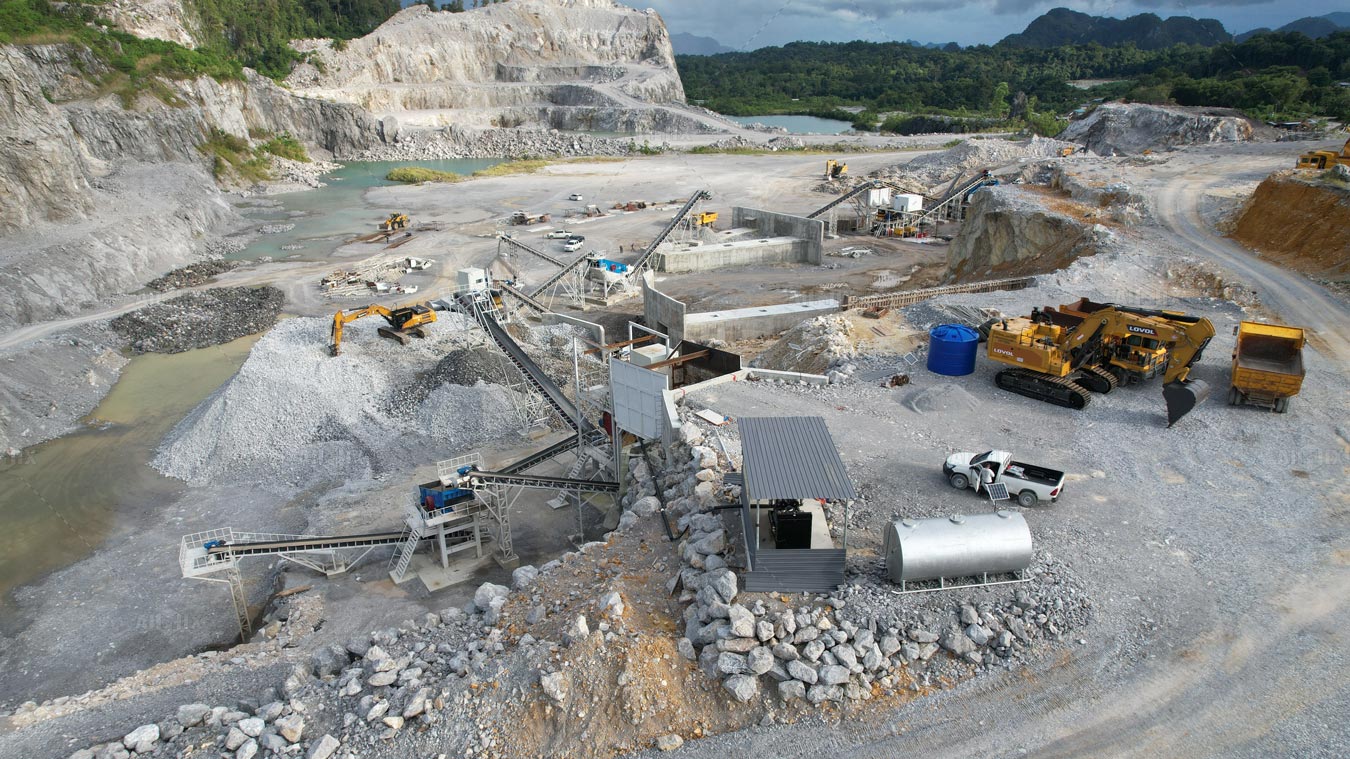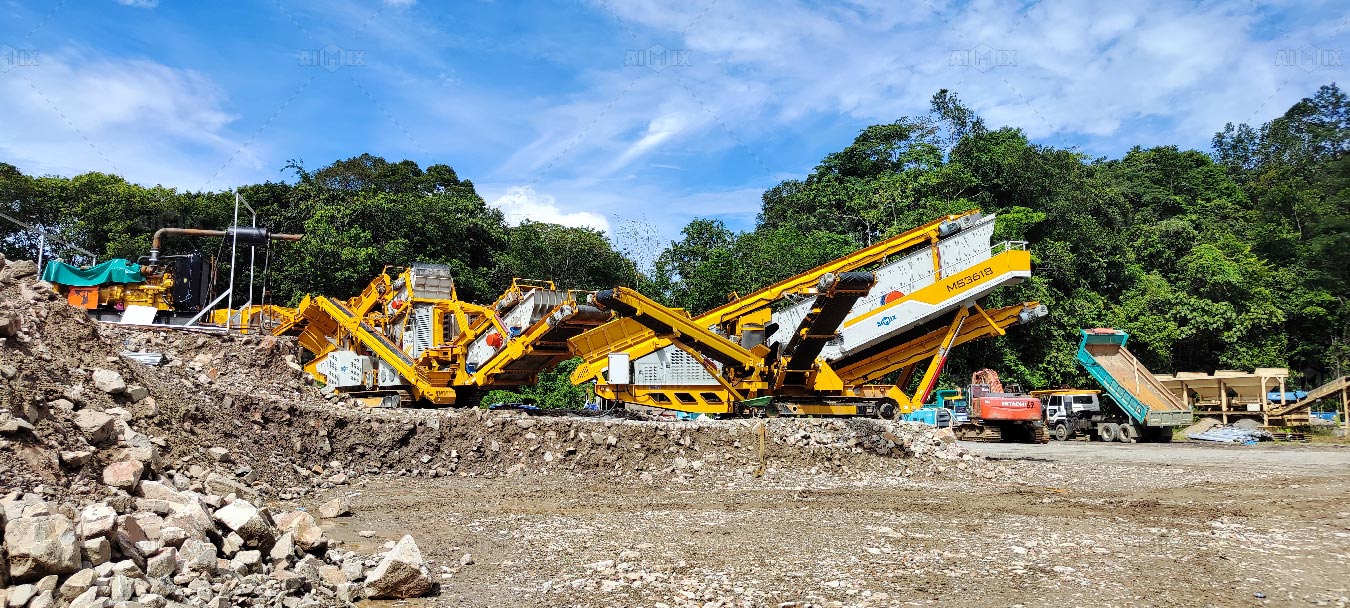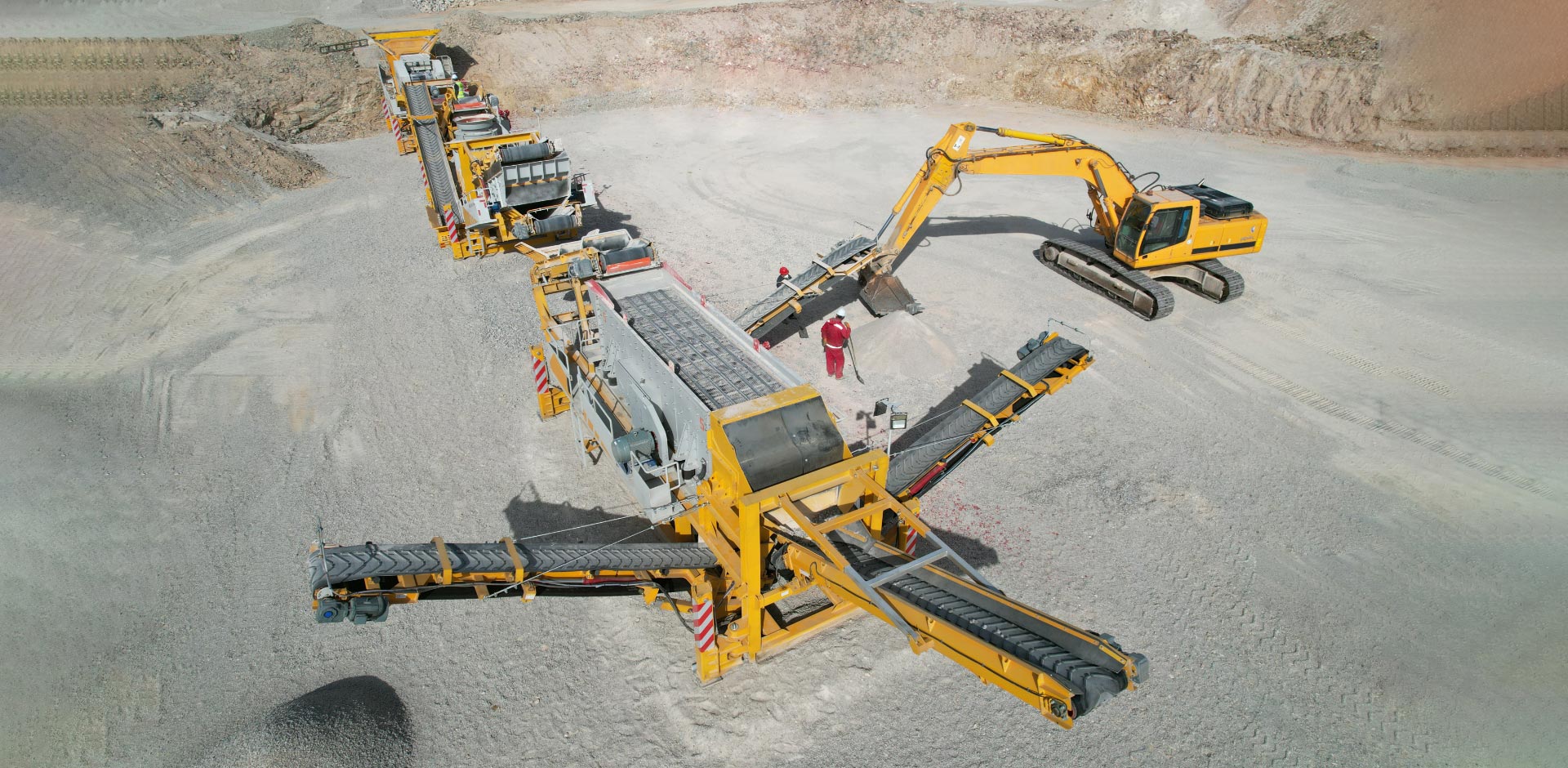Embarking on the journey of setting up your first aggregate crusher plant can be an exciting endeavor that propels your business into the construction and mining industry’s forefront. An aggregate crusher plant is instrumental in breaking down large rocks and stones into smaller, manageable sizes for various construction uses. Whether you are planning to establish a stationary stone crusher plant or a mobile stone crusher plant, this guide will walk you through the essential steps, considerations, and tips to ensure a smooth setup process.
Understanding Aggregate Crusher Plants
Before diving into the setup process, it’s crucial to understand what an aggregate crusher plant entails. These plants comprise heavy machinery designed to crush and screen different types of stones and rocks into aggregates suitable for construction and other purposes. The choice between a stationary stone crusher plant and a mobile stone crusher plant(la trituradora de piedra movil) depends on your project requirements, mobility needs, and budget.

Key Components of Aggregate Crusher Plants
An efficient aggregate crusher plant includes several key components:
- Feeder: Introduces raw material into the crusher
- Crusher: Breaks down the material into smaller pieces
- Conveyor belts: Transport the crushed materials to different site locations
- Screening equipment: Separates the crushed materials into various sizes
- Washers: Clean the aggregates, if necessary
Planning and Preparation
Conduct a Feasibility Study
Start by assessing the demand for aggregate in your target market, the availability of raw materials, and the legal and environmental regulations affecting quarry operations. This step helps in deciding whether to opt for a stationary or mobile stone crusher plant.
Obtain Necessary Permits
Navigating the legal landscape is paramount. Secure all required permits from local, state, and federal authorities to operate your aggregate crusher plant(planta seleccionadora de agregados) legally.
Choose the Right Location
Selecting a site is critical for both stationary and mobile plants. Consider proximity to raw materials, target markets, and accessibility for vehicles and machinery.

Setting Up Your Aggregate Crusher Plant
Installing the Machinery
- Foundation Preparation: For stationary plants, prepare a stable foundation to support the heavy machinery.
- Assembly: Follow the manufacturer’s instructions to assemble the feeder, crushers, conveyors, and screening equipment.
- Electrical and Water Connections: Ensure proper connections for the operation of machinery and dust suppression systems.
Safety Measures
Implement comprehensive safety protocols, including emergency stops, machine guards, and regular training for all operators and onsite personnel of the stone crusher plant(de la planta trituradora).
Testing and Operation
Initial Testing
Run initial tests to check the functionality of each component. Adjust conveyor belt tensions, screen sizes, and crusher settings as needed.
Production Start-Up
Begin with a small production volume to ensure all equipment operates smoothly and adjust as necessary. Monitor output quality and make improvements.
Maintenance and Optimization
Regular Maintenance
Schedule regular maintenance checks to prevent unexpected breakdowns and extend the life of your equipment.
Performance Optimization
Continuously monitor performance metrics and seek ways to increase efficiency, reduce costs, and improve product quality.
Conclusion
Setting up your first aggregate crusher plant is a significant investment that requires careful planning and preparation. By following this step-by-step guide, you can ensure a successful setup and operation of your aggregate plant(planta de aridos), whether you choose a stationary stone crusher plant or a mobile one. Remember, the key to success lies in meticulous planning, adherence to legal requirements, and ongoing optimization of your plant’s operations.

